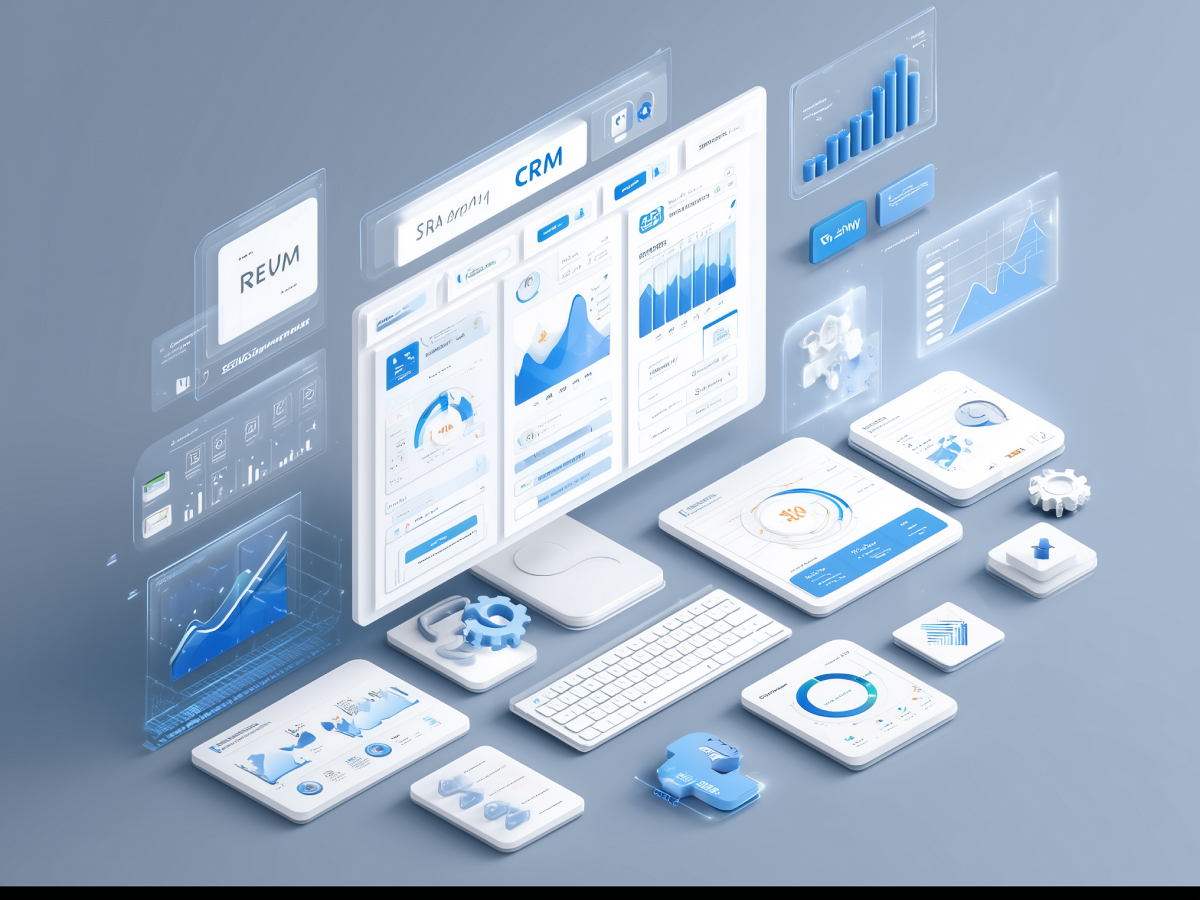The traditional marketing assembly line is outdated. Breaking down tasks into isolated specialties—graphic design, social media management, email marketing—once made sense when timelines were generous and customer expectations were modest. But today, this model is more of a drag chute than a jet engine.
Picture this: A customer trend emerges—say, a sudden spike in demand for eco-friendly products. By the time your campaign works its way through the gauntlet of departments, your competition has already captured the audience. This isn’t a failure of creativity, but rather a structural flaw. Sequential workflows slow everything down. They make you reactive when you should be proactive.
The deeper problem? It’s not speed, or its lack thereof. This system misses the mark on personalization. Customers today expect a tailored experience—messaging that feels like it was written just for them and delivered at exactly the right moment. With traditional assembly lines, that precision is nearly impossible.
Position-less marketing improves speed and coherence
Position-less marketing flips the old model on its head. Instead of teams siloed into narrow roles, you’ve got multi-skilled marketers who can adapt and execute end-to-end. These people don’t juggle everything by hand. Instead, they’re armed with AI and modern tools that let them move fast and think big.
Don’t focus on shrinking your team. Focus instead on supercharging it. Don’t wait for approvals or handoffs. You spot a trend, you act on it, and you do it with accuracy. The result? Campaigns that hit the market while they’re still relevant.
Think of it like this. A marketer identifies a spike in interest for a niche product. In minutes, they can analyze the data, build a targeted campaign, and roll it out across multiple channels. No waiting for the data team, no back-and-forth with designers. That’s how you stay ahead.
This is both faster and smarter. AI provides the necessary precision in everything from targeting to message optimization. Errors are minimized, opportunities are maximized, and the whole process feels seamless.
Core capabilities of position-less marketers
Position-less marketers thrive because they combine three key powers: data intelligence, creative execution, and optimization on the fly.
- Data power: Data is the engine, and marketers today can access it in real time. A position-less marketer can pinpoint high-value customers and instantly craft personalized offers. No need to involve a dedicated analyst, as it’s all at their fingertips.
- Creative power: Waiting on design teams was yesterday’s problem. With today’s tools, a marketer can create assets—graphics, videos, etc.—on the spot. Flexibility is everything. Think about a product launch: you’re not constrained by a schedule; you can respond to trending moments and engage audiences while they’re paying attention.
- Optimization power: AI does the heavy lifting. Dynamic campaigns can adapt automatically based on customer behavior. A/B/n testing isn’t a manual task anymore, it’s running in the background, constantly improving outcomes. Whether it’s refining email content or adjusting ad spend, the process is iterative and always improving.
Position-less marketing addresses assembly-line model flaws
The traditional assembly line has too many vulnerabilities. Position-less marketing eliminates these pain points:
- Lack of agility: Campaigns can’t afford to crawl through multiple departments. Picture a competitor swooping in while you’re stuck in revisions. Position-less marketing makes sure marketers can pivot instantly, launching campaigns while others are still in meetings.
- Fragmented customer experience: Disjointed teams lead to disjointed messaging. Customers see a social post promoting one thing, then get an email for something completely unrelated. A position-less marketer connects the dots, delivering consistent messaging across every channel.
- Data silos: Information locked in one department is a wasted opportunity. Insights from social media should inform email campaigns, and vice versa. Position-less marketers see the full picture, aligning strategies with real-time insights.
- High costs: Specialist-heavy teams can burn through budgets without delivering proportional results. Worse, they’re inflexible. If priorities shift—like moving from customer acquisition to retention—you’re stuck with the wrong team makeup. Position-less marketing fixes this with adaptable, multi-skilled pros.
- Restricted creativity: Rigid workflows stifle experimentation. You can’t innovate if you’re waiting on handoffs. Position-less marketers collaborate in real time, creating campaigns that feel fresh, dynamic, and personal.
Aligned with evolving customer demands
The world doesn’t wait, and neither should your marketing. Customers expect personalized, real-time interactions, and delivering that requires flexibility, intelligence, and speed.
This approach makes data actionable, creativity scalable, and campaigns constantly self-optimizing. They let you respond to trends, fine-tune strategies, and maximize the impact of every dollar spent. Long-term loyalty will ultimately come from meeting customer needs before they even know they have them.




